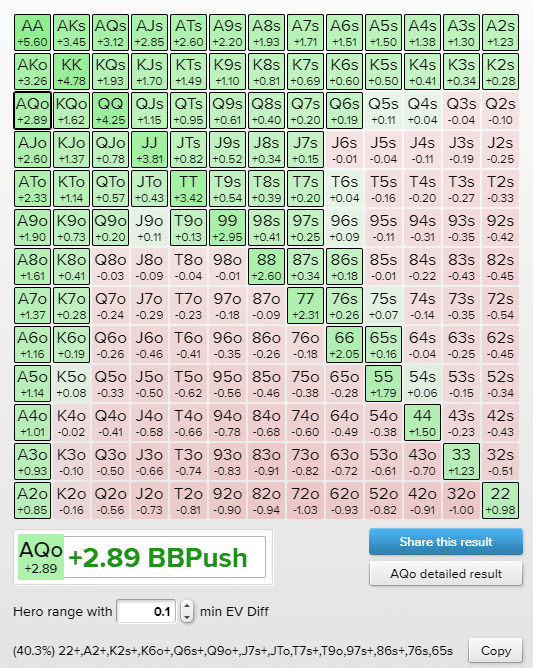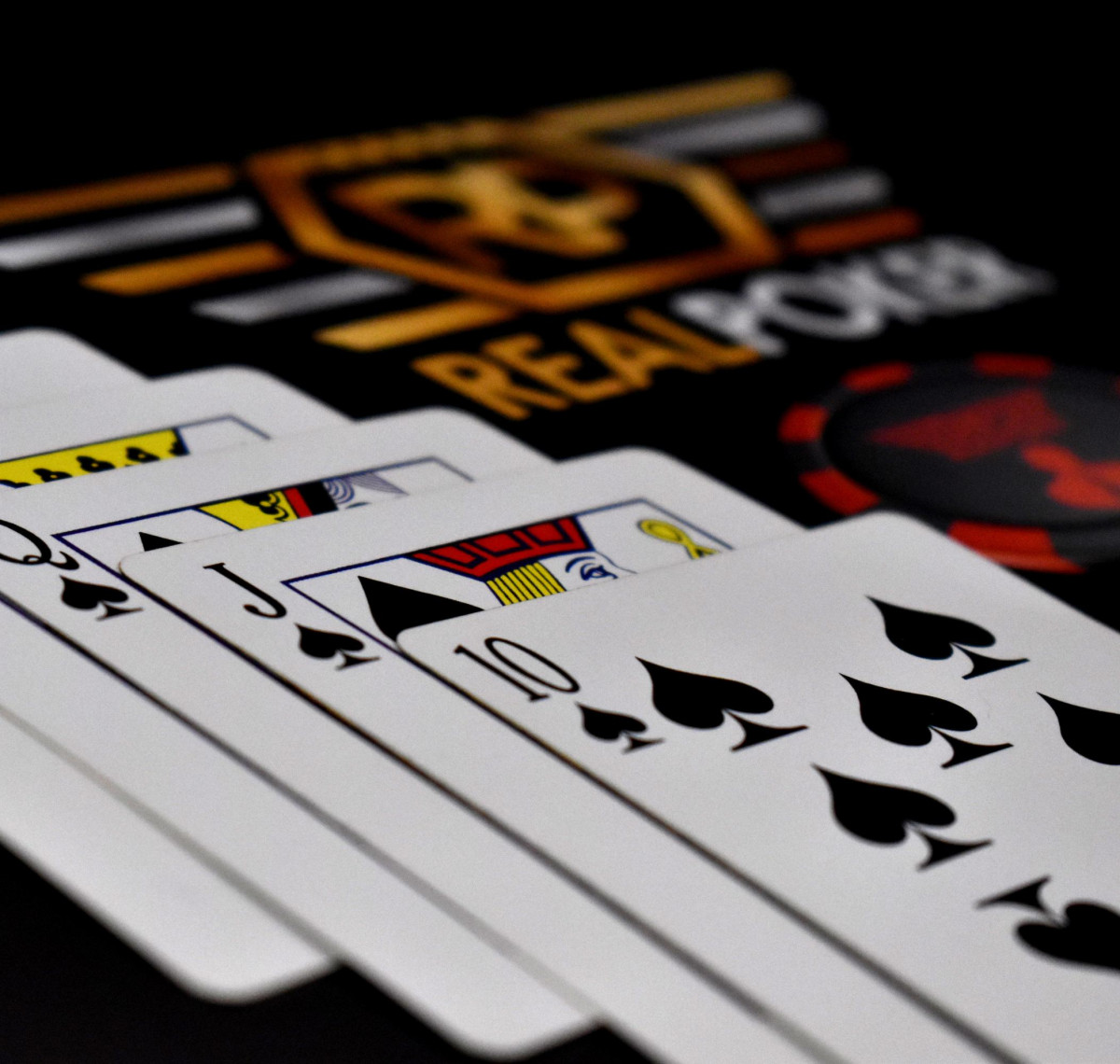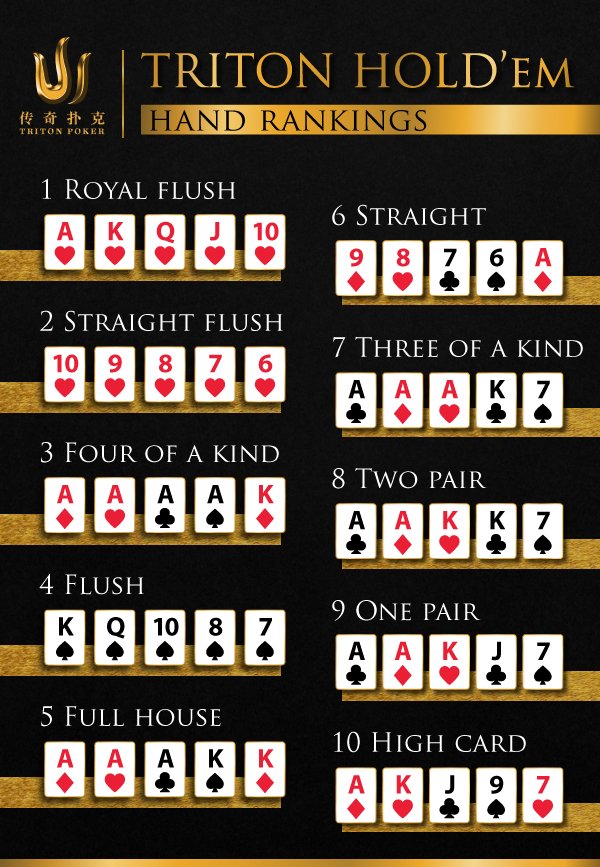The 'Cadillac of poker' in the words of poker legend Doyle Brunson The Basic Rules of Texas Hold'em A game of Hold'em is played between two or more players, up to a maximum of 10 players per table (depending on the cardroom, the maximum may be 9 or 10).
- What is Push/Fold Strategy? Push/Fold is a common strategy used in tournaments in which you either go all-in preflop or fold. Push/fold should be utilized when your stack becomes short — around 15 big blinds (bb) or fewer.
- Push Fold Chart: Nash Poker Chart (Poker Shove Chart) The purpose of this comprehensive article is to serve as the only resource you’ll ever need to use in relation to the use of charts in poker. Consisting of contents ranging from bankroll suggestions to poker preflop charts to pot odds charts, this incredible resource has it all!
- Poor quality and/or rogue casinos using free chips to Push Poker Rules try to reel in unsuspecting players. Free chips with ridiculous conditions attached. For example, $100 free but you must wager it 100 times in total, then you can only withdraw if your balance is above $200, and the maximum payout is $200.
- Push When the dealer pushes the chips to the winning player at the end of a hand. It's also when dealers rotate to other tables. A B C D E F G H I J K L M N O P Q R S T U V W X Y Z.

This page is based on a contribution from Paul Welty.
Push is related to Contract Rummy, but there are some important differences: Push is a partnership game, and the draw and discard mechanism is different.
Players and Cards
Push is for four players, two against two in fixed partnerships; as usual, partners sit facing each other. Two standard packs of cards are used, including 4 jokers, making 108 cards in all. The jokers and twos are wild cards.
Outline of the Game
There are 5 deals. The first deal is 6 cards to each player, the second 7, the third 8, the fourth 9, and the fifth 10 cards. During each hand, the object is to get rid of as many cards as possible from your hand by playing them to the table as melds. When one player gets rid of all their cards, the cards remaining in the other team's hands score penalty points. The team with the lower total of penalty points after the fifth hand wins.
Melds
As in most rummy games, the possible melds are sets of equal cards and runs of consecutive cards in the same suit. Wild cards can be used as substitute for any number of cards in a set or run. The minimum size of sets and runs is three cards, but a longer run is required for the initial meld in some deals.
- Sets
- A set consists of three or more cards of equal rank - for example three sevens or four queens. Since a double pack of cards is used there are two of each card, but a set cannot contain two cards of the same suit. Therefore a set cannot contain more than four cards. However, a player can meld two separate sets of the same rank, for example 8-8-8 and 8-8-8
- Runs
- A run consists of three or more cards of the same suit in sequence, such as 3-4-5-6 of spades, or 9-10-J of diamonds. Ace can count as high (as in J-Q-K-A) or low (as in A-2-3-4), but not both (K-A-2-3 is not allowed). A player can meld two separate runs in the same suit, for example 4-5-6-7 and 8-9-10-J, or these eight cards could be melded as a single run: 4-5-6-7-8-9-10-J, but once melded, runs cannot be split up or joined together, only extended.
- Wild cards
- Twos and jokers are wild and can be used in any set or run to represent any desired card. If a meld consists entirely of wild cards or has just one natural card and the remainder wild, the player must specify whether it is meant to be a set or a run. In the case of a run, the player must specify exactly what any wild card represents; in the case of a set it is only necessary to specify the rank of the set.
- For example, if you put down 6-2-joker you must say whether it is a set of sixes or a run in diamonds, and if it is a run you must specify whether it is 4-5-6, 5-6-7 or 6-7-8.
- A two can also be used as a natural card (i.e. representing itself) in a run such as A-2-3-4.
Initial Meld Requirements
In each deal, there is a minimum requirement for each player's initial meld, as follows:
| Deal No. | Cards dealt | Initial meld |
|---|---|---|
| 1 | 6 | 2 sets of three |
| 2 | 7 | 1 set of three, 1 run of four |
| 3 | 8 | 2 runs of four |
| 4 | 9 | 3 sets of three |
| 5 | 10 | 2 runs of five |
The deal
The first dealer is chosen at random and the turn to deal passes clockwise. The dealer deals the appropriate number of cards (see above table) to each player, one at a time. The next card is placed face up to start the discard pile, and the remaining undealt cards are placed face down beside it to form the stock. The first face-up card is not allowed to be a wild card; if the card turned up is a two or joker, the dealer buries it in the stock and turns up a new card to start the discard pile.
The play
The player to dealer's left begins, and the turn to play continues clockwise. A turn consists of drawing, melding and discarding.
 There are two options:
There are two options:- If you want the top card of the discard pile, take it and add it to your hand.
- If you do not want the top card of the discard pile, take a face-down card off the top of the undealt stock cards, put it on top of the card from the discard pile, and push these two cards to the opponent on your left (hence the name of the game). The opponent must add these two cards to their hand, and you then draw the next card from the stock and add it to your own hand. Because of the pushing, players can sometimes accumulate quite a large number of cards in their hands.
The objective is to meld or discard all of one's cards, and the play continues until one of the players manages to 'go out' by getting rid of all the cards from their hand. It is possible to go out in the melding part of a turn, by melding all of your cards, or to meld all but one of your cards, and go out by discarding your last card.
In the unlikely event that the stock runs out, then as soon as a player wishes to draw from the stock and there is no card available the play ends.
The scoring
As soon as a player goes out, the hand is scored. The team of the player who went out counts nothing for this hand (the cards belonging to the partner of the player who went out do not count). The two opponents count the total value of cards remaining in their hands. If the stock ran out before any player could go out, both teams score the penalty points in their hands. The values of the individual cards is as follows:
| each 3, 4, 5, 6, 7, 8, 9 | 5 points |
| each 10, J, Q. K | 10 points |
| each ace | 15 points |
| each two or joker | 20 points |
The value of the losing team's cards is added to their running total. The score is kept like this:
| WE | THEY | |
|---|---|---|
| 6 | --- | 40 |
| 7 | 120 | 40 |
| 8 | 120 | 100 |
| 9 | 300 | 100 |
| 10 | 300 | 280 |
In this example, 'THEY' win after the last round.
Variation: Cap-It
Wayne Ostrowski describes a variation known as Cap-It in which 10 cards are dealt in each of the 5 rounds. The contracts are the same as in Push, except for the fifth round, in which a run of 3 and a run of 7 are needed.
There are no partnerships, and it is possible for 5 or 6 to play, in which case a third deck of cards with its two jokers is added.
All contribute equally to a pot at the beginning. The winner of each round takes an agreed amount from the pot and the remainder is collected by the overall winner - the player with the lowest cumulative score after round 5.
Table Of Contents
- Three Card Poker is a simple and fun Casino game based on Poker
- 3-Card Poker requires a strategy but a very straightforward one
- How to play Three Card Poker is explained in this article
Three Card Poker game has been around since the very beginning of the card game that is Poker.
Since its invention, it has grown in popularity and is fair to say Three Card Poker is among the most well-known Casino games in the world.
A few facts have helped the game grow in stature over the years:
- Three Card Poker is easy to learn and easy to play
- Unlike some Casino games, Three Card Poker is not just based on luck because there's an element of skill involved in your hand selection
- You can play Three Card Poker online for free and for real money right on this page
Three Card Poker is a fair slow-paced table game that is very simple to learn.
How to Play Three Card Poker
Three Card Poker, invented by Derek Webb in 1994, is the Poker version most people play when they head to their Casino.
Three Card Poker isn't played against other players. Instead, you play against the dealer.

You only have to be concerned with what your cards are and what the house's cards are. Making a mistake only punishes you and not your fellow players like at some other card game tables.
OK – so you want to try Three Card Poker? Good choice!
Here are the basics.
Three Card Poker Bets
In Three Card Poker game, the player makes an ante bet.
The dealer gives each player and themselves three cards. The dealer's cards are face down and you can only examine your own cards.
If you’ve made the ante bet then you must either fold or call.
Folding forfeits your ante wager, calling (raising) means you must make an additional play bet that is equal to your ante.
The dealer then turns over their cards.
Three Card Poker Outcomes
The dealer needs a queen-high or better to qualify:
- if the dealer doesn't qualify, you win even money on the ante bet and play bet is a push
- if the dealer qualifies, your hand is compared to the dealer's hand and the best hand wins
Whose hand is better?
- If it is yours, congrats! You win even money on the ante and play bets.
- If the dealer has a better hand, both your ante and play bets lose.
- If it is a tie, then both the ante and play bets are a push.
But that’s not all.
If you have a straight or better, you receive an ante bonus regardless of the value of the dealer's hand.
If you have placed a pair plus bet, it is paid based on the value of your hand. This pays out differently depending on where you play.
Play Three Card Poker Online - it's FREE!Practice Three Card Poker online before you play for real money. Or claim a bonus (or two) and dive into the real money games.
Play NowHow to Win at Three Card Poker: The Strategy
Three Card Poker has a relatively small house edge, usually around 3.3 percent. If you play optimally, that is.
This edge can increase significantly with side bets or incorrect strategy.
To avoid this, follow a couple of simple Three Card Poker strategy tips:
1. Don’t Make The Pair Plus Bets
Betting on the pair plus increases the house edge by more than 2.3 percent.
It is tempting with big payouts (e.g. straight flush pays 40 to 1) but you’re bound to lose more making this bet even if you have a rare bigger payout from it.

So, forget about the times you could have won a big payout when you've not placed a pair plus bet. Simply try to play in a way that minimizes the house edge.
2. Remember One Strategic Combination of Cards
It’s not only the Three Card Poker rules that are easy to learn. So is the Three Card Poker strategy.
You only need to remember one combination of cards and base your decision to call or fold on it:
Push Poker Game Rules
- Call with or higher hand
- Fold everything else
See, I’ve told you it was simple.
Because of it, you will find this game in a more relaxed setting as it’s pretty easy to avoid mistakes and nobody is worried about making mistakes that affect other players.
Where to Play 3-Card Poker Online
There are many options to play 3-Card Poker on the Internet, but some sites offer better bonuses and value than others.
As a new player at this online Casino, you’ll get some free spins for Slots on registration (before making a deposit) and extra cash as well as more free spins when you finally make a deposit.
Push Poker Rules
That's a great way to earn some free money before hitting the 3-Card tables.
Push Poker Rules
Tags
Online PokerPoker StrategyPoker TablesPokerNews StrategyPokerNews Updates